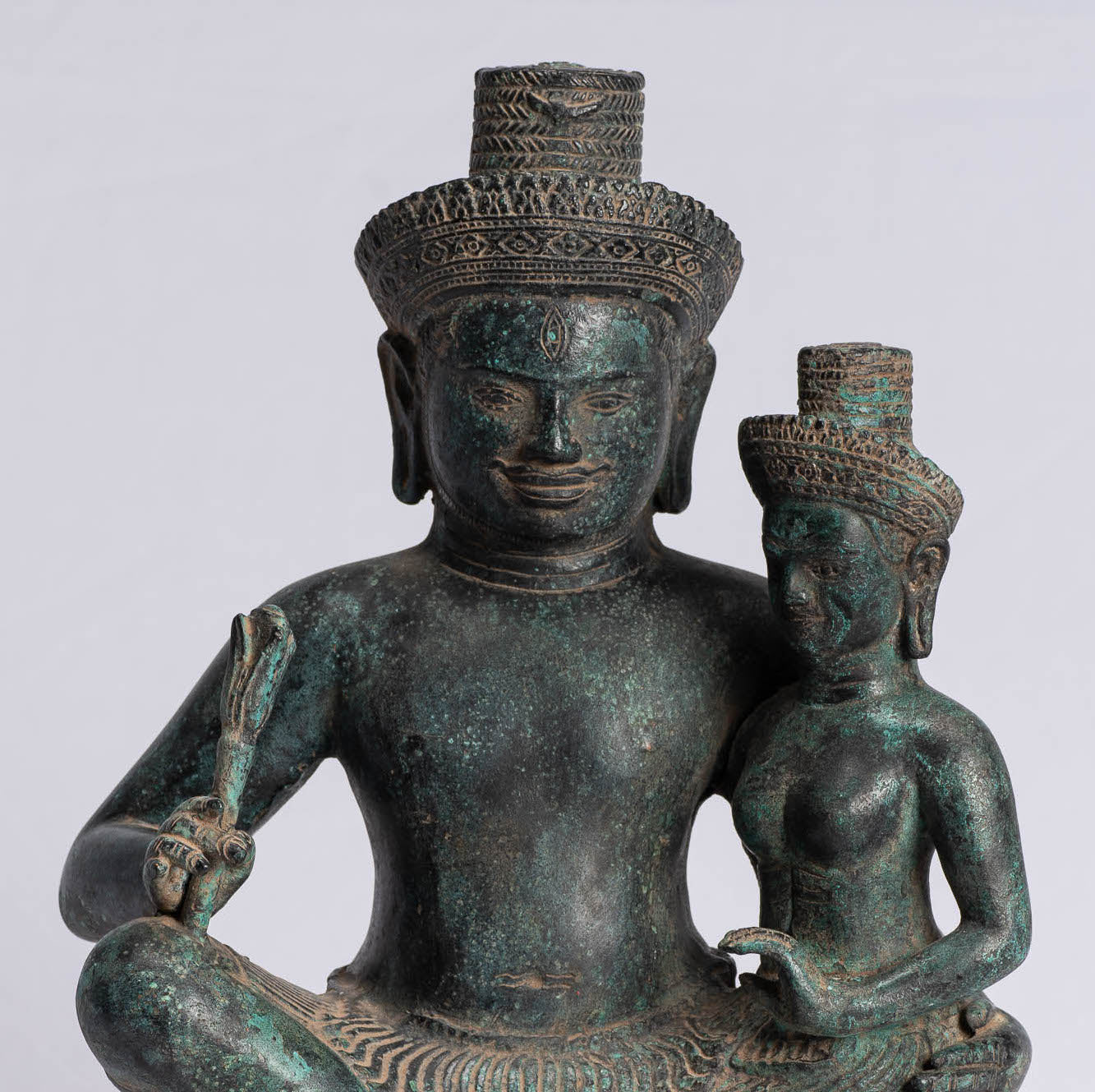
Where to Place Shiva Statue at Home.
By Amy Underdown, London, UK
If you are wondering if it is respectful to keep a Shiva statue at home, then the answer is yes. If you are also wondering if you can keep a Shiva statue at home, then the answer is also yes, as we are free to own what we wish. The key to maintaining this respect is found in understanding the meanings that a statue can communicate, so not to upset the balance of energies that Shiva statues, in particular, radiate. This isn’t to mention the right placement and treatment of the statue itself.
When it comes to Hinduism, Shiva is essentially the head honcho. This is demonstrable by the fact that Shiva is considered to be the god of both creation and destruction, which certainly suggests that he is equipped with a magnitude of power. It’s this power that must be recognised and understood before bringing a Shiva statue into the home, otherwise it risks a misbalance of energies and vibrations. It’s also therefore recommended that Shiva statues belong in the home, rather than the workplace, as his strength works best in the former environment. If you’re looking for something to bring positivity at work, Ganesha is the idol of choice.
Even within the home, there are specific places to sit your Shiva. Whilst it may not seem like the most obvious space to the naked eye, Shiva’s are best positioned in the northeast corner of the home. If possible, this is also the best spot for the pooja room, which is a sacred space dedicated to worshipping Hindu idols. However, it is safe to assume that not everybody can easily transform specific corners of their homes on demand (unless they conveniently happen to be an architect, or even better, already live in a home with a pooja room.) But as long as Shiva is not placed at the end of a bed or under something like a clothesline, then this is ideal. Ultimately and where possible, it is best to simply keep your Shiva statue in an area where his space is not dominated by other things. It’s all about the energy!
Speaking of which, it is important in this regard to know which type of Shiva statue you are bringing into the home: sitting or dancing. Whilst dancing Shiva is bursting with life, this is not to say that such a statue is the perfect match for those with a penchant for a Saturday night boogie. Nevertheless, the dancing statue is representative of a high energy, in contrast with the meditating Shiva who naturally is composed of softer, yet still remarkably strong, energies. The main thing to consider here is what sort of energy would suit the space of the home, rather than which energy is directly comparable to your own feelings. Again, it’s key to remember how Shiva infuses the whole environment around him.
Having said this, the respect from Shiva does always come from within; usually, an individual can sense what feels right and wrong when it comes to the treatment of statues. There are a few basics, like keeping the statue and his space clean. Hopefully, that part is self-explanatory! To add on to this, however, there are a few different ways to interact with your Shiva statue depending on how deeply you wish to cultivate a Hindu space, or rather a place of personal reflection. For instance, whilst for most of us non-deity folk, Mondays are a bit of a drag, for Shiva statues they are the highlight of the week as worshippers will often bring milk or sweets made with milk to the idol. Others suggest praying to Lord Ganesha before praying to Shiva, in order to remove any obstacles in the prayer journey. Perhaps a more simple routine is simply praying to Shiva during the early morning and evenings – sometimes with incense sticks added in for good measure.
As you have probably gauged by now, the most important thing when it comes to Shiva statues is understanding the energy that is best for your space. Choose wisely and go with what feels right. And, once the statue is in your home, treat him as you would any other sacred artefact. Understand all this, and you can’t go wrong.




























